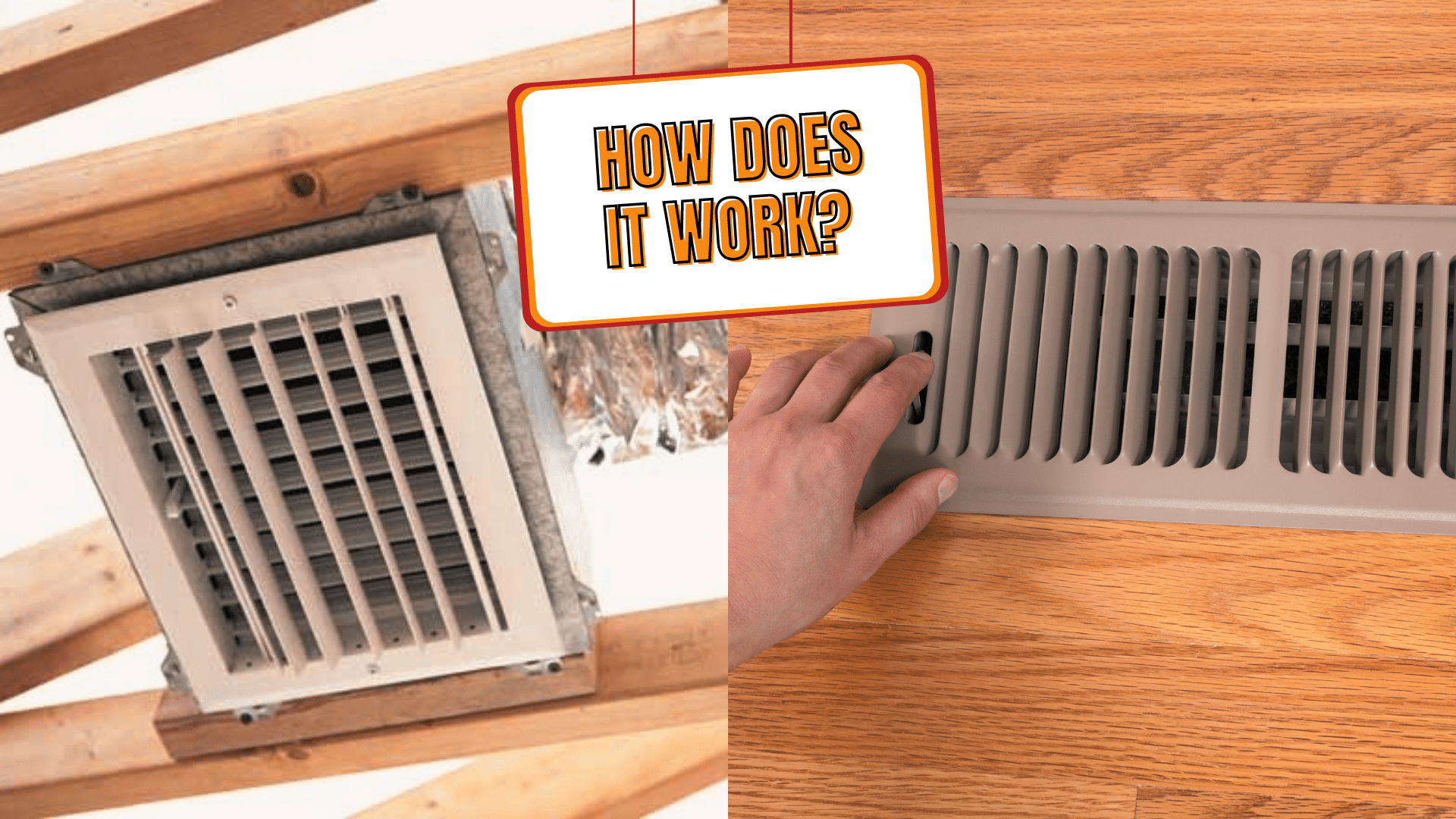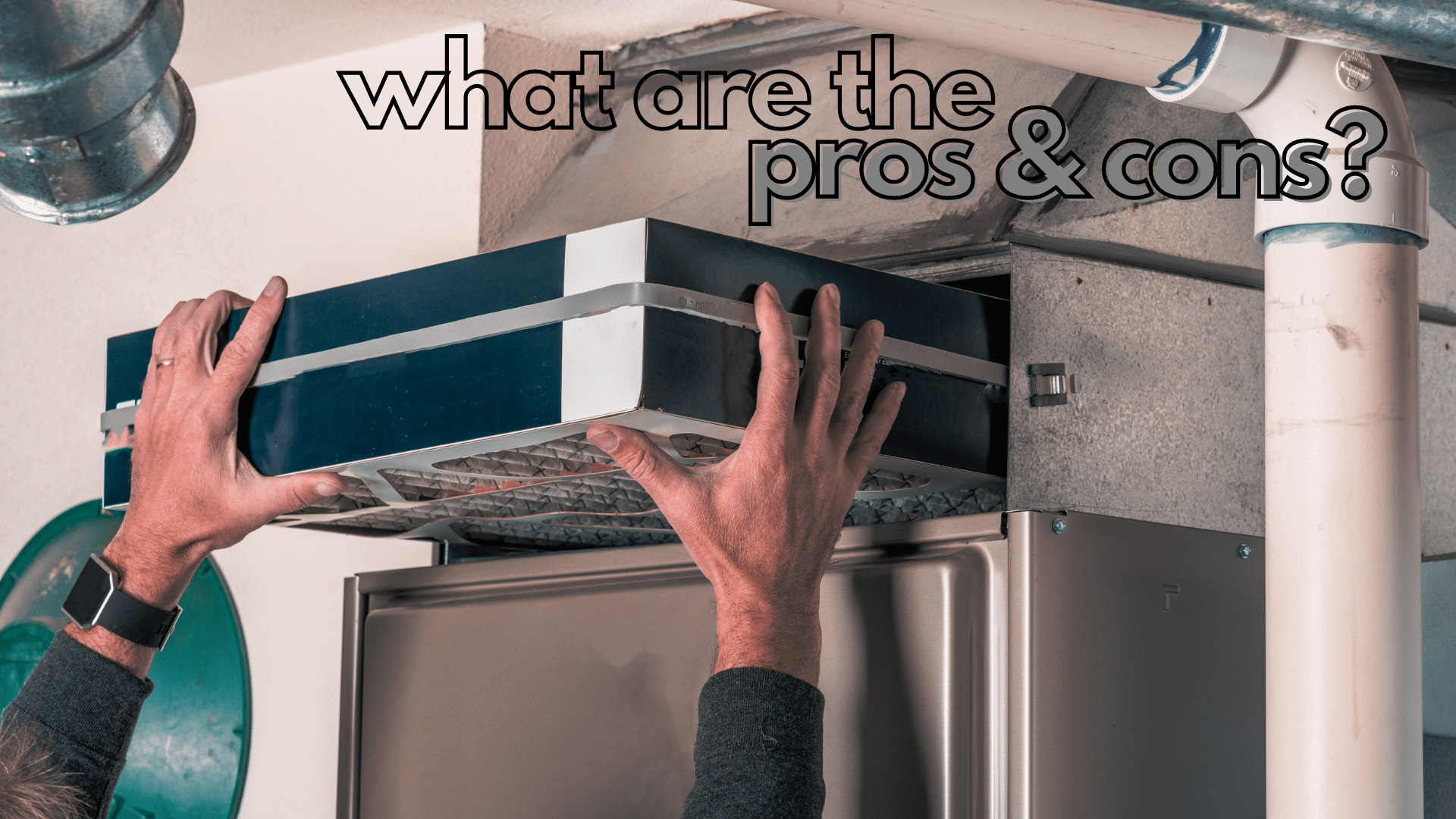At this point, you’ve probably heard about “forced-air heating,” but do you understand the process behind it? It is also considered the most common HVAC system type in most homes in North America.
Forced-air heating systems are renowned for their efficiency and functionality. They make life simpler for you– in the sense that you can easily maintain your desired temperature inside the home.
Now, it pays to understand how the forced air heating system works. Let’s discuss everything you need to know and more!
Types of Forced Air Heating Systems
Let’s discuss the 3 main types of forced air heating systems.
Parts of a Forced Air Heating System
A forced-air heating system is designed to warm your home by controlling the thermostat adequately. Once the temperature inside the home falls below the thermostat setting, the furnace will automatically start.
And after it gets to your desired temperature, the thermostat turns off the burners on the furnace. These burners rely on gas or oil to provide you with heated air. Other common parts of a forced-air heating system are as follows:
How Forced Air Systems Work
For your reference, forced air systems utilize either a furnace or a heat pump to warm the cool air before dispersing it throughout your house (through the in-room vents and ductwork).

Since the cool air passes through an air filter, the air quality is drastically improved. Foreign particles such as dust and pollen will be removed accordingly. Next, the air passes through the air handler, where it is heated using the heat source of the furnace. It is then distributed evenly throughout the home by the blower motor.
Suppose the heat pump is the primary heat source. In that case, it will instantly suck the warmth from the outdoor air. This particular warmth will be transported through the internal refrigerant lines, the air handler, and ultimately the ducts. The process will repeat until the home temperature matches the thermostat.
Simply put, this heating system distributes heat in a living space with air as the medium of transport.
Forced Air Heating System Options
One thing to keep in mind is how forced-air heating systems have different performance standards. One defining factor is your budget, or how much you’re willing to spend on your heating installation. Other considerations include:
These features may vary between different heating units and brands.
To make the best choice for your needs, think about what you dislike about your previous heating system at home. If it had a rather distracting, noisy operation or it caused a spike in your utility bills– you may want to opt for quiet, energy-efficient units moving forward.
Furnace Design in Forced Air Heating Systems
Generally, furnaces are available in 3 models: upflow, downflow, and horizontal units. These designs seamlessly accommodate the attic, basement, or limited spaces. Older gravity furnaces deliver warm air through natural convection instead of a blower. Heated air rises through the ducts to warm the rooms located above.
Homeowners with larger homes will naturally need more enormous furnaces to accommodate their heating needs. In some cases, multiple zones are also required to distribute even heating throughout the home.
We strongly recommend consulting a local HVAC professional to determine the best furnace design for your particular home needs.

Benefits of Forced Air Systems
A forced-air system improves your home’s indoor air quality and energy efficiency, for starters. Besides that, here are some other notable benefits to take into consideration:
Drawbacks of Forced Air Systems
Forced air systems may have several benefits, but this doesn’t mean it doesn’t have their fair share of drawbacks. Remember, no HVAC system is perfect. Here are some disadvantages to keep in mind:
Frequently Asked Questions (FAQs)
What is the difference between forced air and central air?
There is a significant difference between central and forced air. Forced air circulates within a building, conditions the air, and supplies the conditioned air back to the building. Meanwhile, central air only applies to cooling systems and utilizes forced air systems to move air through ducts and vents.
How does forced air heating work?
Usually run with natural gas, oil, or propane, forced air heating works by taking the cold air through a return vent to the furnace. Then, it is heated by burning fuel. The air is sent back using a blower through additional ducts and then dispersed throughout a building.
Why are forced air heating systems popular?
Many positive attributes and features can justify the popularity of forced air systems. It uses filters that can trap allergens and hazardous air particles, creating safe and better air quality at your home. Additionally, it is very energy efficient due to the system requiring it to run at high-efficient levels. Many consumers enjoy the convenience that 2-in-1 heating and cooling systems can offer. Finally, forced air systems effectively maintain the humidity level at home.
